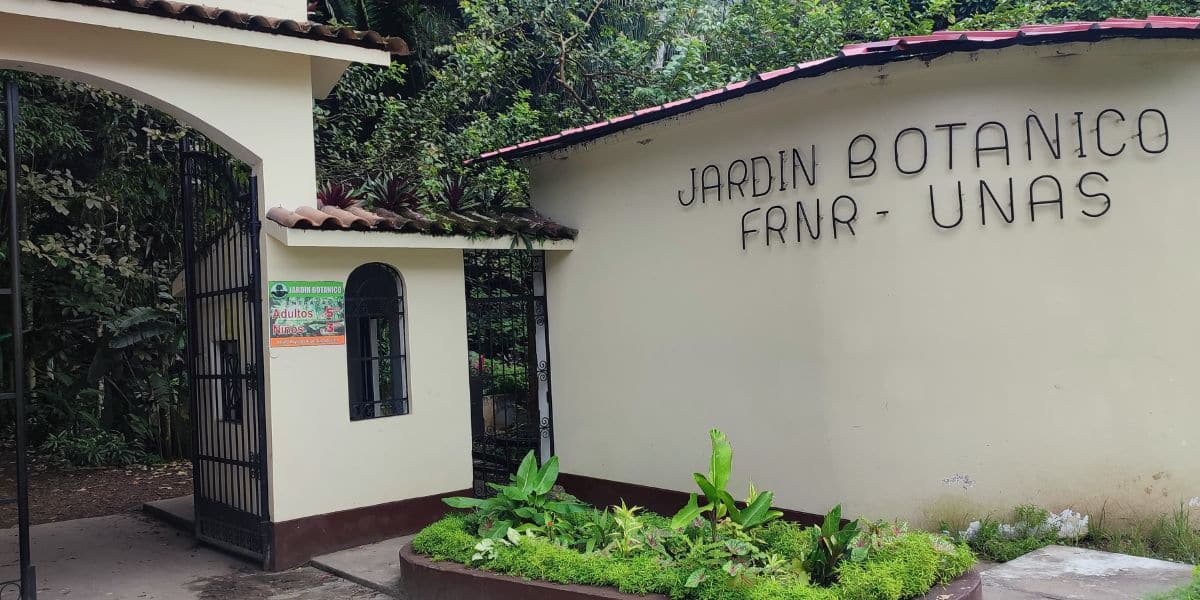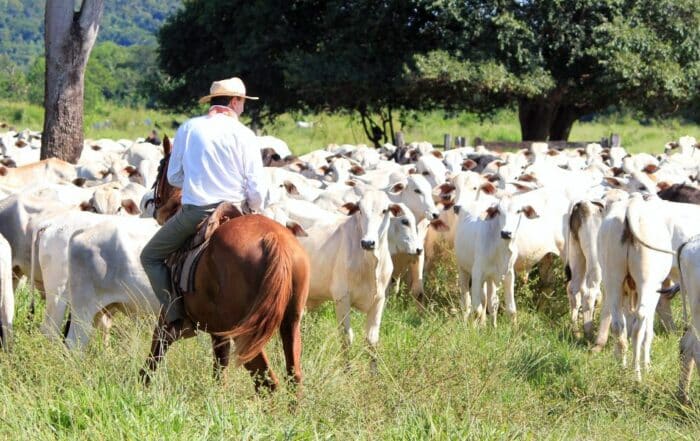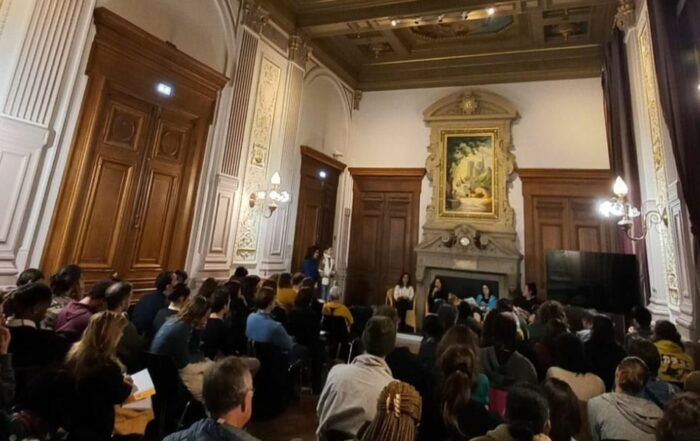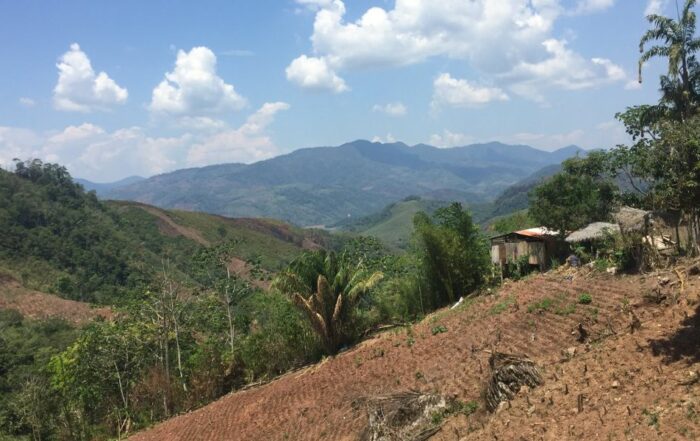Benefiting from the natural regeneration of the UNAS Botanical Garden for cocoa farmers
As part of a collaboration with the Botanical Garden of the National University of the Jungle (UNAS), native tree species from the Botanical Garden were made available to farmers in the department of Tingo Maria with whom Envol Vert works. These trees are the fruit of a natural regeneration process that contributes to reforestation.
The International Tropical Timber Organisation (ITTO), defines the process of natural regeneration as the renewal of trees through self-sown seeds or natural vegetative means. Natural regeneration is then the most important ecological process for the renewal of plant species through time (Nordern, 2014). It favours the process of ecological succession, thanks to which an area that has suffered disturbance can at least partially recover its structure and floristic composition (Uriarte and Chazdon, 2016).
On 23 February 2024, the Envol Vert team benefited from the natural regeneration process of the UNAS botanical garden.

Chloé, a French volunteer, collecting the trees ©Envol Vert
Early in the morning, the volunteers collected 108 plants of native species:
The plants were then transplanted to the nursery in the village centre of Muyuna de Anda. Farmers will then be able to plant these plants in their cocoa agroforestry parcels, as well as in degraded areas, in order to contribute to their reforestation.
Thank you to the UNAS botanical garden!
- Norden, N. (2014). El por qué la regeneración natural es tan importante para la coexistencia de especies en los bosques tropicales Colombia Forestal, 17(2), 247–261. https://doi.org/10.14483/udistrital.jour.colomb.for.2014.2.a08
- Uriarte, M & Chazdon, R. L. (2016). Incorporating natural regeneration in forest landscape restoration in tropical regions: synthesis and key research gaps. Biotropica, 48(6), 915–924.
Benefiting from the natural regeneration of the UNAS Botanical Garden for cocoa farmers
As part of a collaboration with the Botanical Garden of the National University of the Jungle (UNAS), native tree species from the Botanical Garden were made available to farmers in the department of Tingo Maria with whom Envol Vert works. These trees are the fruit of a natural regeneration process that contributes to reforestation.
The International Tropical Timber Organisation (ITTO), defines the process of natural regeneration as the renewal of trees through self-sown seeds or natural vegetative means. Natural regeneration is then the most important ecological process for the renewal of plant species through time (Nordern, 2014). It favours the process of ecological succession, thanks to which an area that has suffered disturbance can at least partially recover its structure and floristic composition (Uriarte and Chazdon, 2016).
On 23 February 2024, the Envol Vert team benefited from the natural regeneration process of the UNAS botanical garden.

Chloé, a French volunteer, collecting the trees ©Envol Vert
Early in the morning, the volunteers collected 108 plants of native species:
The plants were then transplanted to the nursery in the village centre of Muyuna de Anda. Farmers will then be able to plant these plants in their cocoa agroforestry parcels, as well as in degraded areas, in order to contribute to their reforestation.
Thank you to the UNAS botanical garden!
- Norden, N. (2014). El por qué la regeneración natural es tan importante para la coexistencia de especies en los bosques tropicales Colombia Forestal, 17(2), 247–261. https://doi.org/10.14483/udistrital.jour.colomb.for.2014.2.a08
- Uriarte, M & Chazdon, R. L. (2016). Incorporating natural regeneration in forest landscape restoration in tropical regions: synthesis and key research gaps. Biotropica, 48(6), 915–924.






